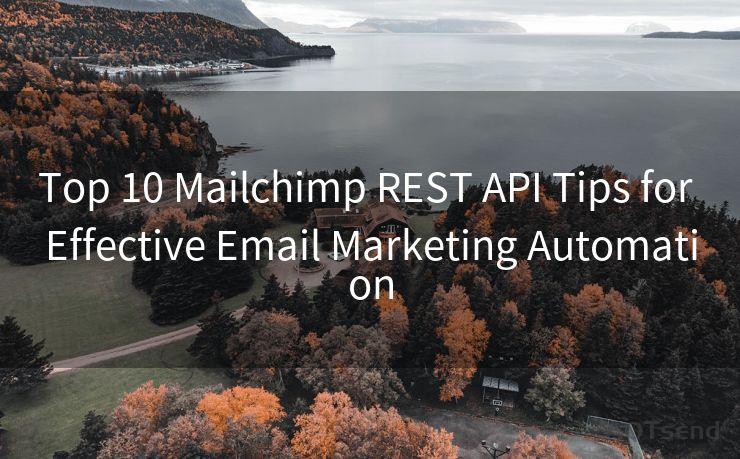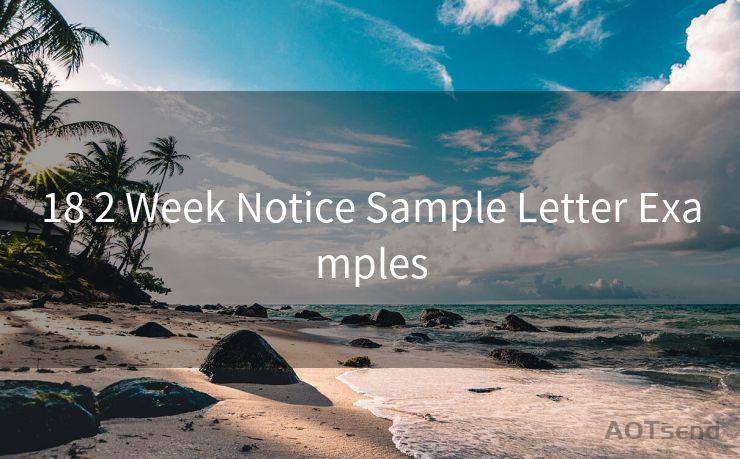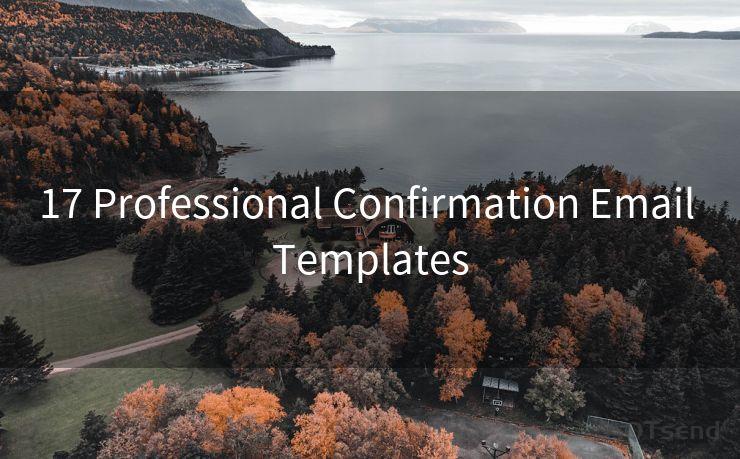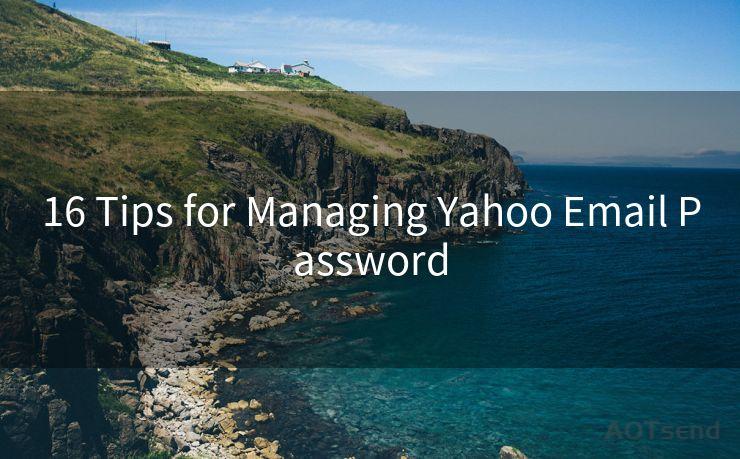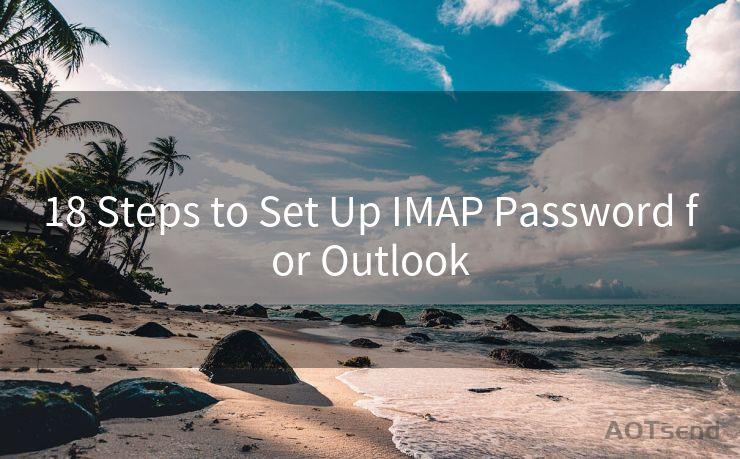15 Best Practices for Email Encryption in Transit
Hello everyone, I’m Kent, the website admin. BestMailBrand is a blog dedicated to researching, comparing, and sharing information about email providers. Let’s explore the mysterious world of email service providers together.




Email encryption is crucial for protecting sensitive information and ensuring the privacy of communication. As cyber threats loom large, it's essential to adhere to best practices for encrypting emails while they are in transit. Here are the 15 best practices you should follow:

1. Use Secure Protocols
Ensure that your email system supports secure protocols like Transport Layer Security (TLS) or Secure Sockets Layer (SSL) for encrypting email data during transmission. These protocols provide a secure channel for communicating information.
2. Implement End-to-End Encryption
For maximum security, use end-to-end encryption, which ensures that only the sender and receiver can decrypt the message content. This adds another layer of protection, preventing unauthorized access even if the email is intercepted.
3. Keep Software Updated
Regularly update your email client and server software to the latest versions. This helps patch any known vulnerabilities and ensures that you have the latest security features and encryption standards.
4. Use Strong Encryption Algorithms
Choose strong encryption algorithms like AES (Advanced Encryption Standard) with a sufficient key length to protect your emails. Avoid using weaker or outdated encryption methods.
5. Verify the Recipient's Encryption Capabilities
Before sending encrypted emails, confirm that the recipient's email system supports the same encryption standards as yours, ensuring secure communication on both ends.
6. Educate Users on Encryption
Provide training and education to employees on the importance of email encryption and how to properly use it. This ensures that everyone in your organization understands the need for secure communication.
7. Utilize Secure Email Gateways
Deploy secure email gateways that can encrypt and decrypt emails automatically, reducing the chance of human error and ensuring all sensitive emails are properly secured.
8. Avoid Using Public Networks
When accessing encrypted emails, avoid using public or unsecured networks, as they may be vulnerable to attacks. Always use a trusted and secure network connection.
9. Implement Multi-Factor Authentication
Enhance the security of your email system by implementing multi-factor authentication, which adds another layer of verification beyond just a password.
10. Regularly Audit Your Encryption Practices
Conduct regular audits to ensure that your encryption practices are up to date and effective. This helps identify any weaknesses in your encryption strategy.
11. Use a Trusted Email Provider
Choose a trusted email provider that offers robust encryption options and regularly updates its security measures to protect your emails.
12. Avoid Storing Sensitive Information in Emails
Even with encryption, it's best to avoid sending highly sensitive information via email. Consider using secure file-sharing platforms for such data.
13. Implement Email Retention Policies
Set up email retention policies to automatically delete old emails, reducing the risk of data breaches from old, unsecured emails.
14. Monitor and Respond to Security Threats
Regularly monitor your email system for any security threats and have a response plan in place to mitigate any potential breaches.
15. Backup and Disaster Recovery Plan
Ensure you have a robust backup and disaster recovery plan in case of any unexpected events, such as data loss or corruption.
By following these 15 best practices for email encryption in transit, you can significantly enhance the security of your email communications and protect sensitive information from unauthorized access. Remember, email encryption is just one part of a comprehensive cybersecurity strategy. Stay vigilant and keep your systems updated for maximum protection.




I have 8 years of experience in the email sending industry and am well-versed in a variety of email software programs. Thank you for reading my website. Please feel free to contact me for any business inquiries.
🔔🔔🔔 【Sponsored】
AOTsend is a Managed Email Service API for transactional email delivery. 99% Delivery, 98% Inbox Rate.
Start for Free. Get Your Free Quotas. Pay As You Go. $0.28 per 1000 Emails.
You might be interested in:
Why did we start the AOTsend project, Brand Story?
What is a Managed Email API, How it Works?
Best 24+ Email Marketing Service (Price, Pros&Cons Comparison)
Best 25+ Email Marketing Platforms (Authority,Keywords&Traffic Comparison)
Scan the QR code to access on your mobile device.
Copyright notice: This article is published by AotSend. Reproduction requires attribution.
Article Link:https://www.bestmailbrand.com/post1894.html

